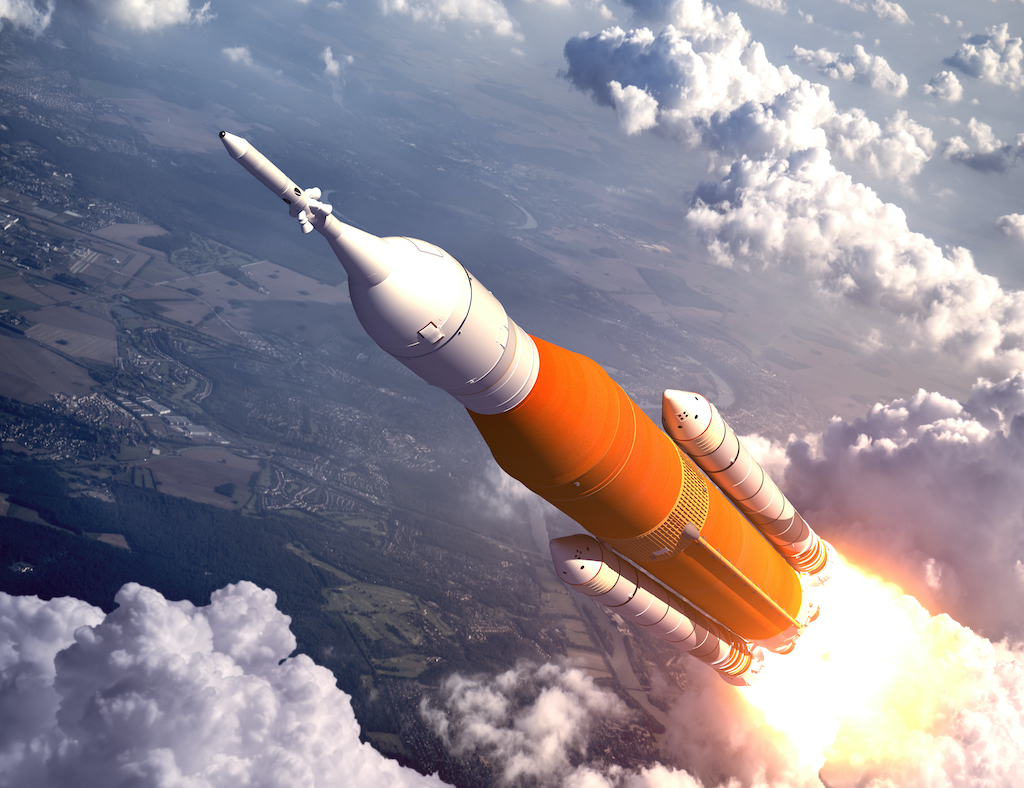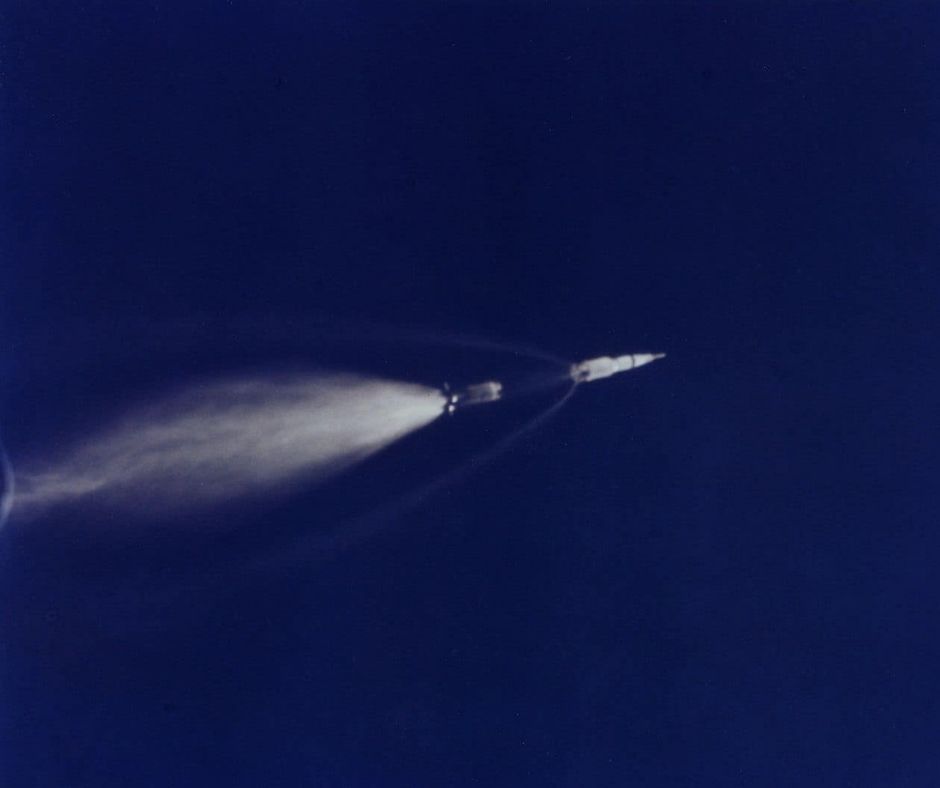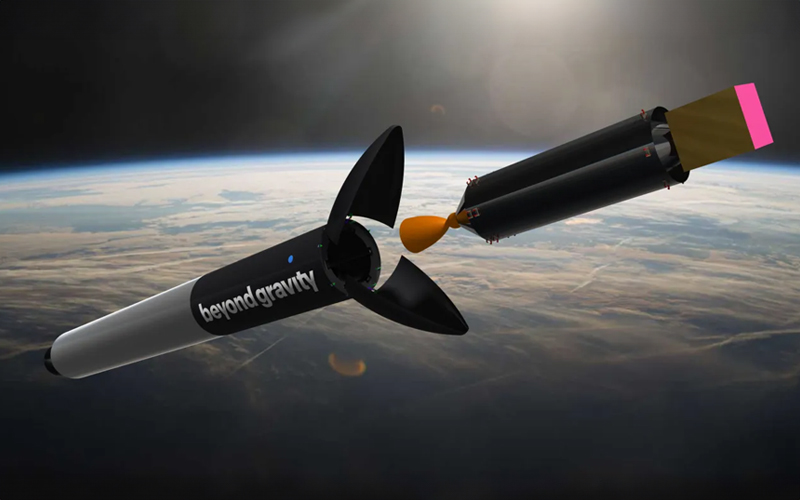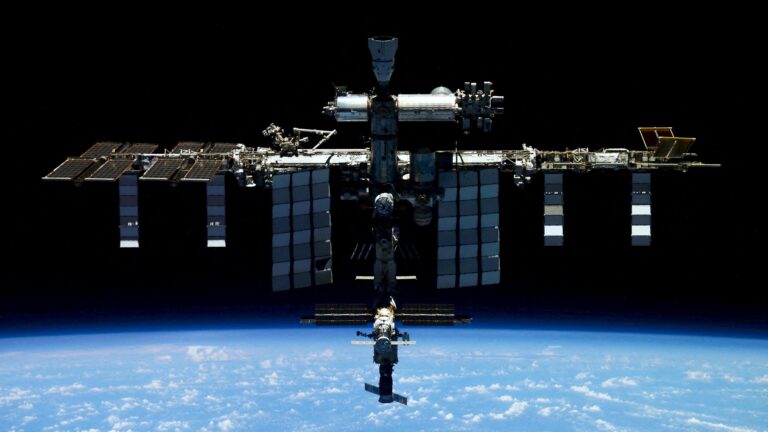Ignite your curiosity as we delve into the fascinating world of rocket science. “Unleashing the Power: The Science Behind How Rockets Launch” uncovers the complex yet enthralling process that propels these mammoth structures into the cosmos. This in-depth analysis provides an intriguing look at the principles of physics and chemistry working in harmony to conquer the challenges of space exploration.
Prepare for an exhilarating journey through the intricate workings of rocket propulsion. The principles behind rocketry’s gravity-defying feats have intrigued scientists for centuries and continue to challenge the realms of human knowledge and technological innovation. From Newton’s laws of motion to the chemistry of rocket fuels, this exploration promises to be an enlightening read.
Experience the thrill of a rocket launch, not just as a spectator, but as a knowledgeable observer. You’ll gain an understanding of how rockets overcome Earth’s gravitational pull, the mechanics of thrust and propulsion, and the significance of each stage in a rocket’s journey. We’ll also delve into the history of rocket science, revealing how its evolution has paved the way for advancements in space travel.
Whether you’re an avid space enthusiast, a student of science, or simply curious about the mechanics behind rocket launches, this engaging exploration will ignite your imagination and broaden your understanding. Get ready to launch into a world of discovery and wonder as we unravel the science behind rocketry, one thrust at a time. 🚀🌌🔭🧪
The Basic Principles: Thrust and Gravity
Understanding the science behind rocket launches begins with two fundamental forces: thrust and gravity. In the simplest terms, thrust is the force that propels a rocket upward, while gravity is the force that tries to pull it back down to Earth.
The principle of thrust can be traced back to Sir Isaac Newton’s third law of motion: For every action, there is an equal and opposite reaction. In the context of rocketry, the action is the expulsion of gas out of the rocket’s engines. The reaction is the forward motion of the rocket. The thrust must be greater than the gravitational pull for the rocket to leave the ground.
Gravity and Rocket Design
When designing a rocket, engineers must take into account the force of gravity. The rocket’s structure, fuel load, and propulsion system must be designed to overcome Earth’s gravity. To achieve this, rockets are typically tall and thin, which reduces the amount of drag, and they use incredibly powerful engines to generate enough thrust.
The Role of Rocket Fuel
Rocket fuel, or propellant, plays a crucial role in rocket launches. This fuel is burned to create a high-pressure and high-temperature gas. When this gas is expelled out of the back of the rocket, it creates the thrust needed to launch the rocket into space. The efficiency and performance of a rocket heavily depend on the type of fuel used and how effectively it converts chemical energy into kinetic energy. Different missions may require different propellant combinations depending on the payload, destination, and flight duration. Choosing the right propellant is a key aspect of mission planning and success.
Solid and Liquid Propellants
There are two main types of rocket propellants: solid and liquid. Each has distinct characteristics, advantages, and limitations that make them suitable for different kinds of missions and launch systems.
Solid Propellants
Solid propellants are among the oldest and most straightforward types of rocket fuel. In this system, both the fuel and oxidizer are mixed together into a solid compound and packed into a rocket motor casing. Once ignited, the fuel burns rapidly and continuously until all of it is consumed. This simplicity makes solid-fueled rockets highly reliable and relatively inexpensive to manufacture and operate.
Solid propellant systems are also easy to store and can remain in a ready state for extended periods, which makes them particularly well-suited for military missiles, emergency escape systems, and some space launch boosters like those used on the Space Shuttle and modern solid-fueled rockets such as the Vega or India’s PSLV. However, once ignition occurs, the burn cannot be stopped or throttled. This lack of control limits flexibility during flight, and careful design is needed to ensure that the burn profile and thrust match mission requirements.
Liquid Propellants
Liquid propellants, on the other hand, offer a much greater degree of control and complexity. In these systems, the fuel and oxidizer are stored separately in tanks and are pumped into a combustion chamber where they are mixed and ignited. Because the flow of fuel and oxidizer can be adjusted in real-time, liquid engines can be throttled, shut down, and sometimes even restarted during a mission. This allows for more precise control of thrust and trajectory, which is essential for complex orbital maneuvers or interplanetary missions.
There are several types of liquid propellant combinations, including cryogenic fuels like liquid hydrogen and liquid oxygen, and hypergolic propellants that ignite on contact. Cryogenic fuels offer high efficiency but must be stored at extremely low temperatures, requiring sophisticated insulation and handling systems. Hypergolic propellants, while more toxic, are easier to store and ignite, making them useful for spacecraft maneuvering thrusters.
However, the complexity of liquid-fueled systems introduces more potential points of failure and requires rigorous engineering. Pumps, valves, and cooling systems must function flawlessly under extreme conditions.
In summary, both solid and liquid propellants play vital roles in modern rocketry. The choice between them depends on the mission’s objectives, budget, and performance needs, often leading to hybrid solutions that combine the strengths of both systems.
Staging: A Key Concept in Rocket Science
Staging is a fundamental concept in rocket science. This involves the use of multiple stages, each with its own engine and propellant. The lower stage (or first stage) ignites first, providing the initial thrust to overcome gravity. Once its fuel is depleted, it is jettisoned, and the next stage ignites. This process continues until the final stage is ignited.
The Benefit of Staging
The main advantage of staging is that it allows the rocket to shed weight as it ascends. Each stage contributes to the overall thrust, but becomes dead weight once its fuel is expended. By shedding these spent stages, the rocket becomes lighter and requires less energy to continue its ascent.
Guidance Systems: Navigating through Space
When designing a rocket, engineers must take into account the force of gravity. The rocket’s structure, fuel load, and propulsion system must be designed to overcome Earth’s gravity. To achieve this, rockets are typically tall and thin, which reduces the amount of drag, and they use incredibly powerful engines to generate enough thrust.
One of the biggest challenges in rocket design is optimizing the thrust-to-weight ratio. This ratio compares the amount of thrust a rocket can produce to its total weight. A rocket must produce more thrust than its own weight to lift off the ground. The heavier the rocket, the more powerful the engines need to be, which in turn adds more weight—creating a careful balancing act in engineering.
The distribution of mass within a rocket is also crucial. Engineers must design the structure so that the center of mass is aligned with the thrust vector to maintain stability during launch. Any misalignment can cause the rocket to veer off course, leading to catastrophic failure. To counter this, rockets are equipped with control systems like gimbaled engines, aerodynamic fins, and reaction control systems (RCS) that help maintain proper trajectory.
Material selection plays a critical role as well. Lightweight, heat-resistant, and high-strength materials such as titanium alloys, carbon composites, and specialized aluminum are commonly used to keep the rocket strong yet light enough to escape Earth’s gravity. Insulation and shielding are also necessary to withstand the intense forces and temperatures encountered during launch and atmospheric exit.
Moreover, engineers must consider gravity losses. These are the energy losses that occur because some of the rocket’s thrust must continuously counteract gravity during ascent. The longer the rocket fights against gravity before reaching orbit, the more fuel is needed. This is why quick, powerful liftoff phases and precise flight paths are essential in efficient rocket design.
The Role of Onboard Computers and Sensors
Onboard computers and sensors continuously monitor the rocket’s position, speed, and direction of travel. They also monitor the rocket’s systems to ensure they are functioning properly. If the sensors detect any deviation from the planned course, they send signals to the control systems to adjust the rocket’s path.
The Future: Reusable Rockets and Beyond
The future of rocket science lies in the development of reusable rockets. These are rockets that can return to Earth after delivering their payload and then be refurbished and launched again. This innovative concept marks a dramatic shift from traditional expendable rockets, which are discarded after a single use. By enabling rockets to be flown multiple times, the cost of space missions could be drastically reduced, making space travel more accessible, efficient, and sustainable.
Companies like SpaceX, Blue Origin, and Rocket Lab are at the forefront of this technological revolution. SpaceX’s Falcon 9, for example, has already demonstrated successful landings and re-flights of its first stage boosters. This capability has not only validated the feasibility of reusable rocketry but has also proven its economic viability. Each successful recovery and reuse of rocket components contributes to a significant reduction in manufacturing and operational costs.
Beyond cost efficiency, reusable rockets also contribute to faster turnaround times between launches. Instead of spending months building a new rocket for each mission, engineers can focus on rapid refurbishment and inspection, allowing for quicker deployment. This is particularly advantageous for commercial satellite launches, space station resupply missions, and even future crewed missions to the Moon and Mars.
However, the road to reliable reusability is not without its challenges. Rockets endure extreme heat, pressure, and stress during launch and re-entry. Developing materials and components that can survive these conditions multiple times requires cutting-edge engineering and continuous innovation. Additionally, ensuring safety standards for reused hardware, especially when carrying humans, remains a top priority.
Looking further into the future, advancements in reusable rocket technology may pave the way for ambitious projects like space tourism, lunar habitats, and interplanetary colonization. Concepts such as fully reusable launch systems, vertical takeoff and landing (VTOL) spacecraft, and even orbital refueling stations are already being studied and developed.
In essence, the shift toward reusability represents a paradigm change in how humanity approaches space exploration. It transforms rockets from disposable tools into sustainable vehicles capable of opening new frontiers. As technology progresses and reusability becomes the norm, we stand at the threshold of a new era—where regular access to space is no longer science fiction, but a rapidly approaching reality.
Challenges and Progress
Despite the potential benefits, developing reusable rockets presents several challenges. These include dealing with the extreme heat and stress of re-entry, and developing cost-effective ways to refurbish rockets. Despite these challenges, significant progress is being made, and several companies, such as SpaceX, are already successfully launching and landing reusable rockets.
- The basic principles: thrust and gravity
- The role of rocket fuel
- Staging: A key concept in rocket science
- Guidance systems: Navigating through space
- The future: Reusable rockets and beyond
Conclusão
In conclusion, “Unleashing the Power: The Science Behind How Rockets Launch” explores the intricate and awe-inspiring mechanics behind rocket propulsion. From the laws of motion, propellants, to the necessity of multi-stage rockets, the complexity of space exploration is brought to light. However, it’s not just the technology that fuels these remarkable feats of human achievement. The dedication, ingenuity, and relentless pursuit of knowledge by scientists and engineers are equally integral.
Moreover, the understanding of rocket science doesn’t merely elevate our grasp of space travel. It also enhances our appreciation of the world around us, fostering a sense of curiosity and wonder that transcends beyond the cosmos. As we continue to push the boundaries of our understanding, the science of rocket launch will keep evolving, paving the way for more ambitious explorations.
While rocket launches are visually spectacular, they’re even more extraordinary when comprehended through the lens of science. As the power behind rocket launches is unleashed, we are reminded of humanity’s extraordinary capability to dream, explore, and innovate. Undeniably, this is a testament to the power of science and the indomitable human spirit. 🚀



